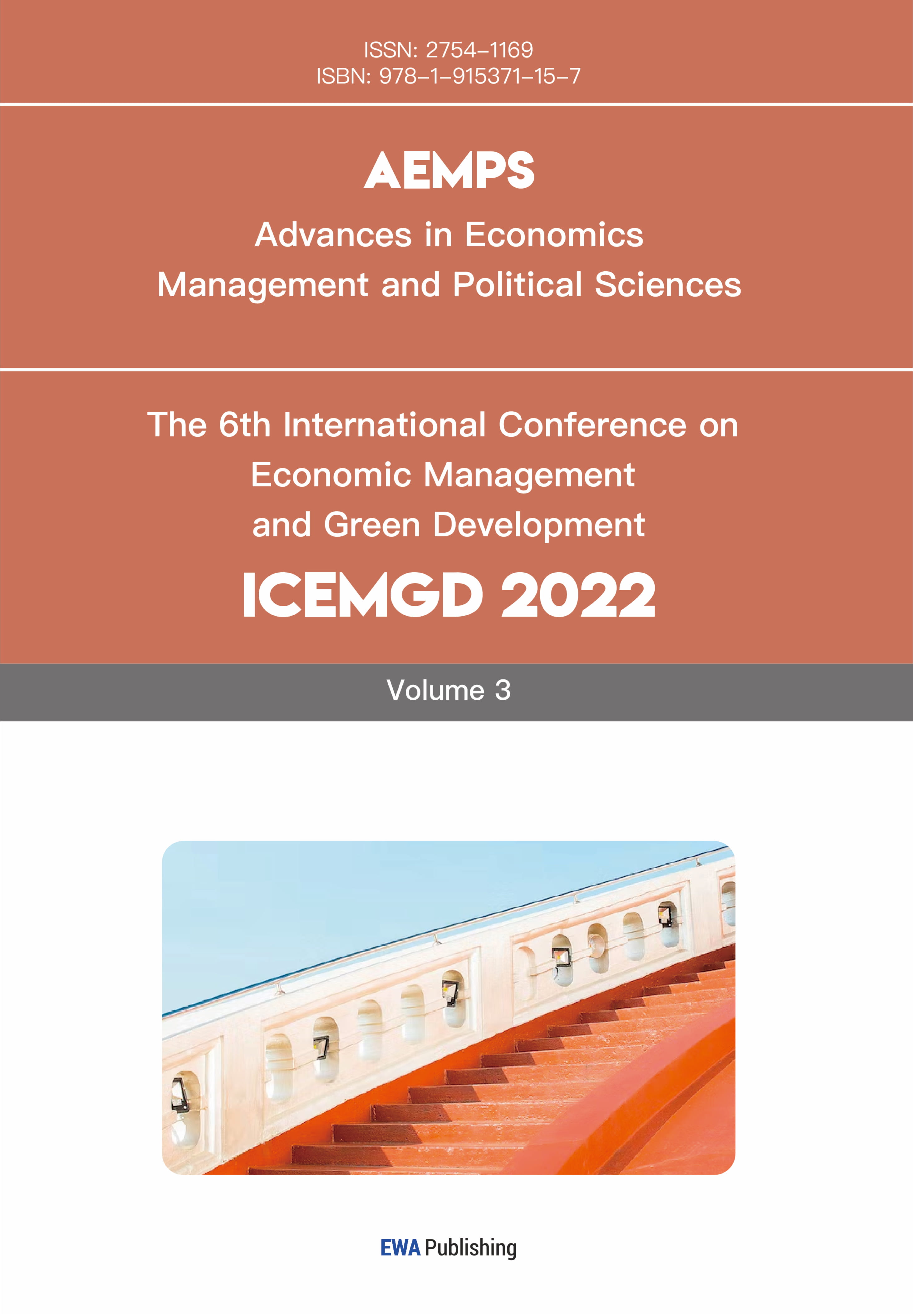References
[1]. Q. Zhao, Z. Li, and C. Zhang, “The Impact of R& D and Non-R& D Subsidies on Technological Innovation in Chinese Electric Vehicle Enterprises, ” World Electric Vehicle Journal, vol. 15, no. 7, pp. 304–304, Jul. 2024, doi: https: //doi.org/10.3390/wevj15070304.
[2]. W. Pan, “The Effects of U.S. Tariff Increases on Chinese Automotive Parts Trade, ” Frontiers in Business Economics and Management, vol. 15, no. 3, pp. 398–400, Jul. 2024, doi: https: //doi.org/10.54097/xpnkc951.
[3]. E. York, “Tariff Tracker: Tracking the Economic Impact of Tariffs, ” Tax Foundation, Jun. 26, 2024. https: //taxfoundation.org/research/all/federal/trump-tariffs-biden-tariffs/#: ~: text=Section%20301%2C%20Chinese%20Products& text=The%20administration%20soon%20published%20a
[4]. The White House, “FACT SHEET: President Biden Takes Action to Protect American Workers and Businesses from China’s Unfair Trade Practices, ” The White House, May 14, 2024. https: //www.whitehouse.gov/briefing-room/statements-releases/2024/05/14/fact-sheet-president-biden-takes-action-to-protect-american-workers-and-businesses-from-chinas-unfair-trade-practices/
[5]. M. Ramadan, “A comparison of American and Chinese policies forelectric vehicle technologies, ” MIT Science Policy Review, vol. 3, pp. 11–16, Aug. 2022, doi: https: //doi.org/10.38105/spr.02hu42bdxo.
[6]. D. Coffin and J. Walling, “Chinese Vehicle Exports: Electrified, ” United States International Trade Commission, Apr. 2024. https: //www.usitc.gov/sites/default/files/publications/332/executive_briefings/ebot_china_ev_exports.pdf
[7]. E. Mu, S. Zhu, H. Sheng, and C. He, “Chasing the Sun: How Does Policy-Induced Local Demand Promote the Spatio-Temporal Evolution of China’s Solar Photovoltaic Industry, ” Jan. 2024, doi: https: //doi.org/10.2139/ssrn.4853713.
[8]. T. Chen, “The impact of the US-China trade war on China’s vehicle and vehicle chip industry, ” BCP Business & Management, vol. 38, pp. 989–999, Mar. 2023, doi: https: //doi.org/10.54691/bcpbm.v38i.3817.
[9]. B2B Cambodia, “BYD Expansion Into Cambodia Is Part Of Its Global Strategy - Kingdom’s EV Targets Are Highly Ambitious, ” B2b-cambodia.com, Jul. 24, 2024. https: //b2b-cambodia.com/news/byd-expansion-into-cambodia-is-part-of-its-global-strategy-kingdoms-ev-targets-are-highly-ambitious/ (accessed Aug. 29, 2024).
[10]. I. Mazzocco and G. Sebastian, “Electric Shock: Interpreting China’s Electric Vehicle Export Boom, ” www.csis.org, Sep. 2023, Available: https: //www.csis.org/analysis/electric-shock-interpreting-chinas-electric-vehicle-export-boom
[11]. N. Shirouzu and C. Kirkham, “How Volvo landed a cheap Chinese EV on U.S. shores in a trade war, ” Reuters, Apr. 25, 2024. https: //www.reuters.com/business/autos-transportation/how-volvo-landed-cheap-chinese-ev-us-shores-trade-war-2024-04-24/
[12]. D. A. Gantz, “Excluding EVs Produced in Mexico by Chinese Enterprises from the United States, ” Social Science Research Network, Mar. 2024, doi: https: //doi.org/10.2139/ssrn.4759600.



